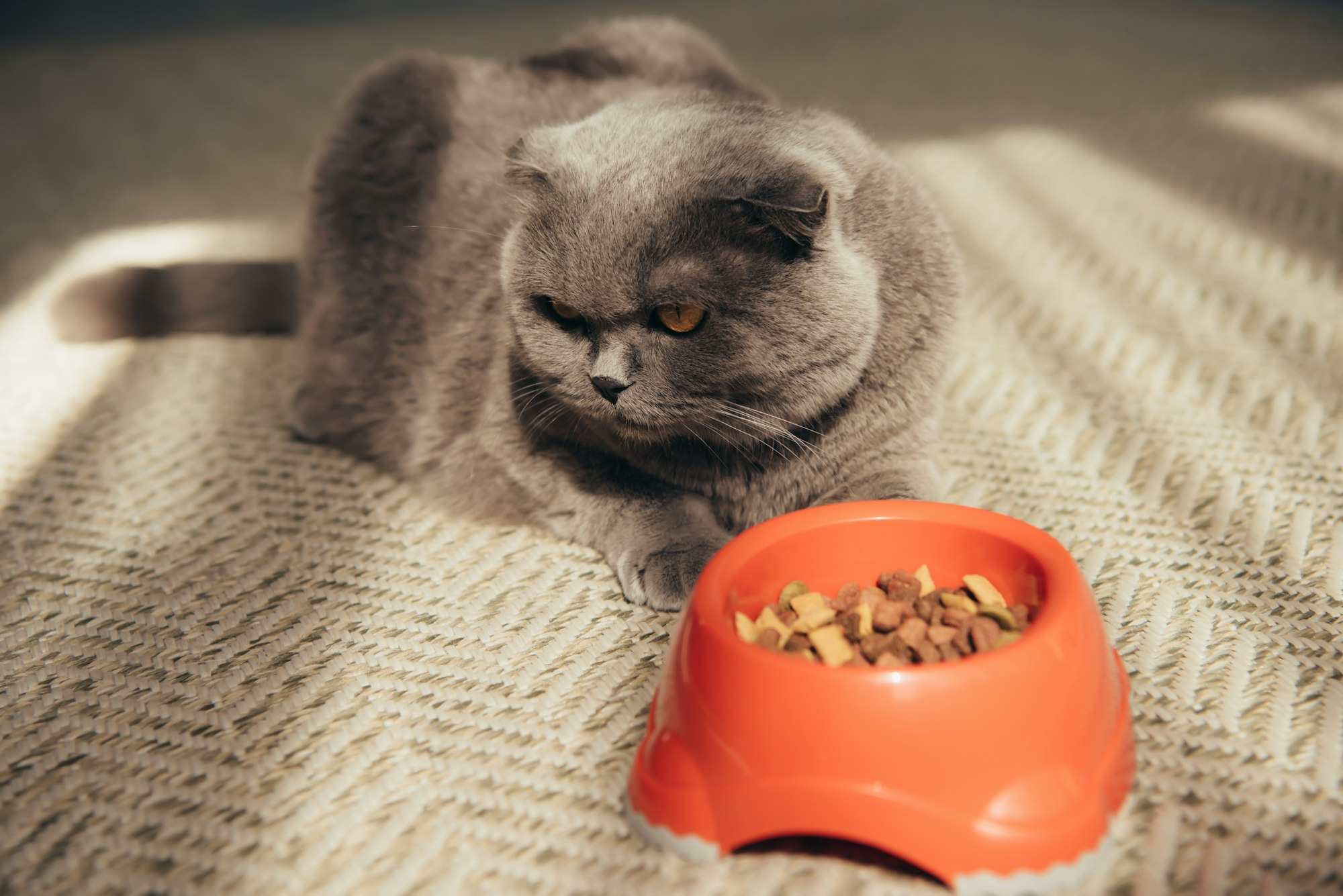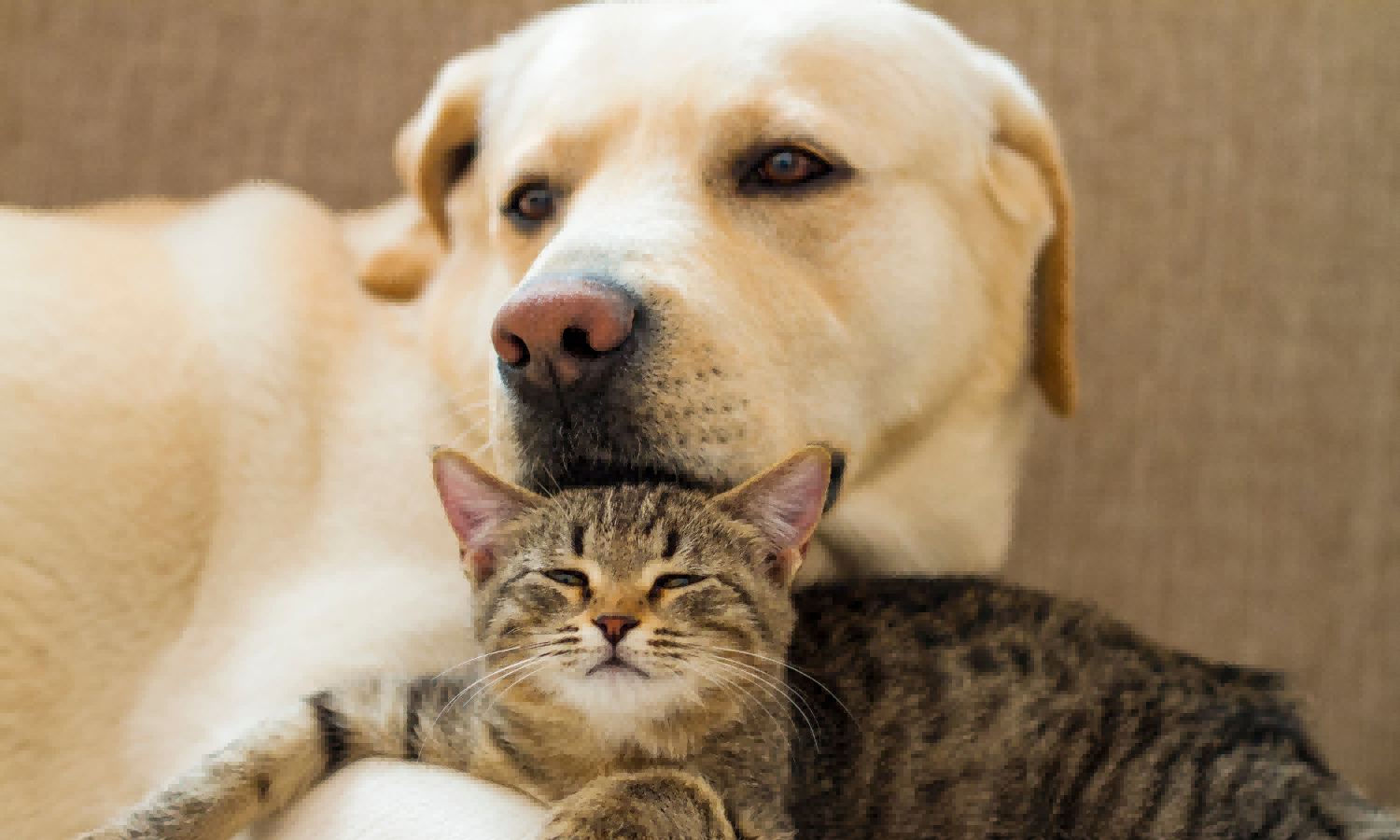How to Make Cat Food
As the demand for high-quality, nutritious, and palatable cat food continues to rise, pet food manufacturers face the challenge of balancing health, flavor, and cost. This guide walks you through the essentials of cat food production, offering real-time data and insights that will attract potential buyers to your business. Whether you’re a pet food palatant wholesaler, a pet food manufacturer, or a factory looking to enhance your product line, this blog will provide valuable information on how to make cat food that appeals to both cats and their owners.
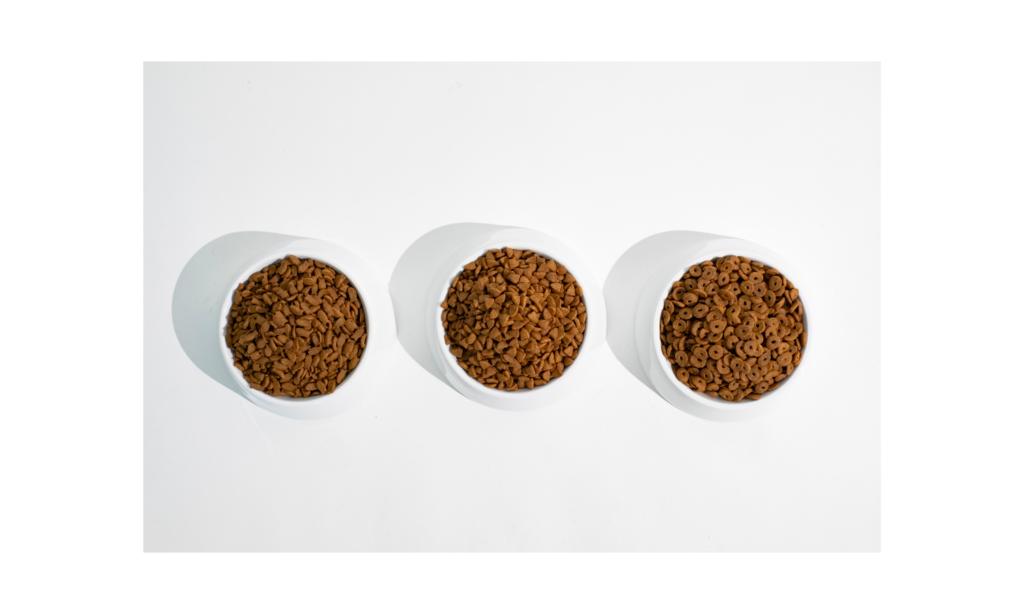
Understanding Cat Nutritional Needs
Before delving into the process of making cat food, it’s crucial to understand the nutritional needs of felines. Cats are obligate carnivores, meaning their diet primarily consists of animal-based proteins and fats. Here are the key nutrients cats require:
- Protein: Cats need high-quality protein from sources like chicken, turkey, beef, or fish. Protein supports muscle development and tissue repair.
- Taurine: An essential amino acid for cats, taurine is found in meat and is vital for heart function, vision, and reproduction.
- Fats: Healthy fats, such as omega-3 and omega-6 fatty acids, are important for skin health, coat condition, and overall energy.
- Vitamins and Minerals: Cats require vitamins A, B, D, E, and K, as well as minerals like calcium and phosphorus.
- Water: Unlike dogs, cats have a lower thirst drive and often get much of their hydration from their food, especially wet cat food.

By understanding these nutritional needs, you can ensure that your cat food formulations are balanced and meet industry standards.
Step-by-Step Process for Making Cat Food
1. Selecting Quality Ingredients
The foundation of any good cat food starts with high-quality ingredients. Here are some popular ingredients in cat food production:
- Animal proteins: Chicken, turkey, fish, and beef are the most common sources of animal protein. Animal by-products like liver and heart can also be included.
- Grains and vegetables: While cats don’t have a high need for carbohydrates, grains like rice and corn, as well as vegetables like peas and carrots, can be used as fillers.
- Pet food palatants: These are flavor enhancers used to improve the taste and aroma of cat food. Common examples include chicken liver powder or hydrolyzed fish proteins. Palatants are crucial in attracting cats to eat the food, especially when the ingredients alone may not be enticing enough. For more details, visit profypet.com.
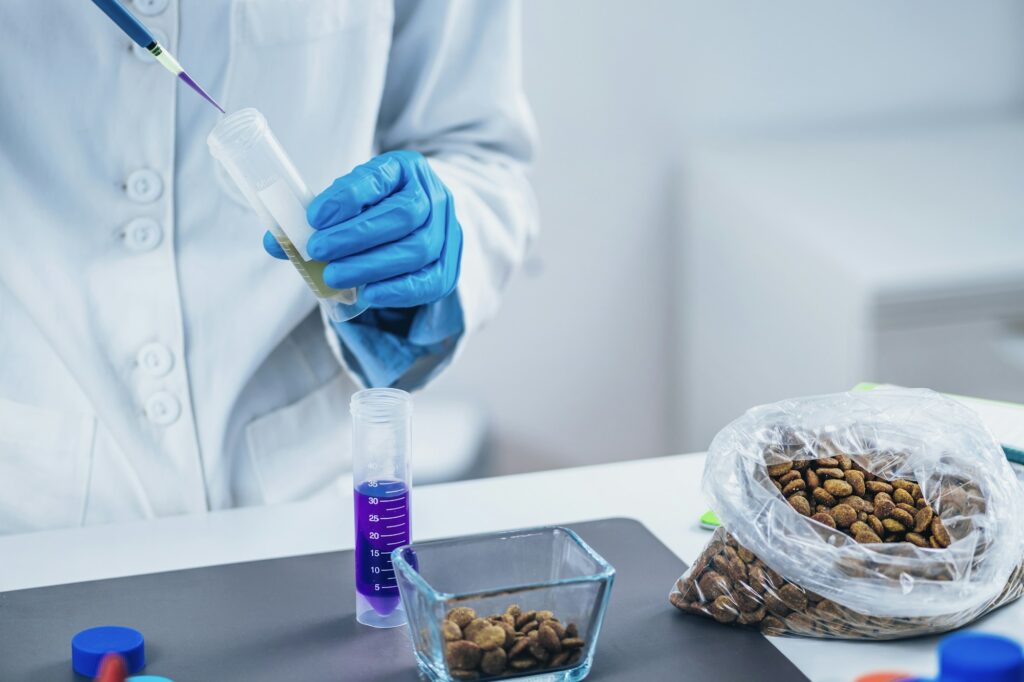
2. Processing the Ingredients
Once you’ve gathered your ingredients, the next step is to process them. The method of processing will depend on whether you are making wet or dry cat food.
- Wet cat food: The ingredients are mixed and cooked together to form a moist, stew-like texture. Once cooked, the mixture is placed in cans or pouches and sealed for freshness.
- Dry cat food (kibble): The ingredients are mixed into a dough, which is then extruded into small pieces and baked to remove moisture. The finished kibble is often coated with fats and palatants to enhance flavor and palatability.
3. Adding Pet Food Palatants
As mentioned, pet food palatants play a crucial role in ensuring that cats enjoy the taste of the food. Palatants are often sprayed onto kibble or mixed into wet food to increase its appeal. According to recent research, cats are particularly attracted to meaty, fishy, and umami flavors, which pet food palatability enhancers can replicate.
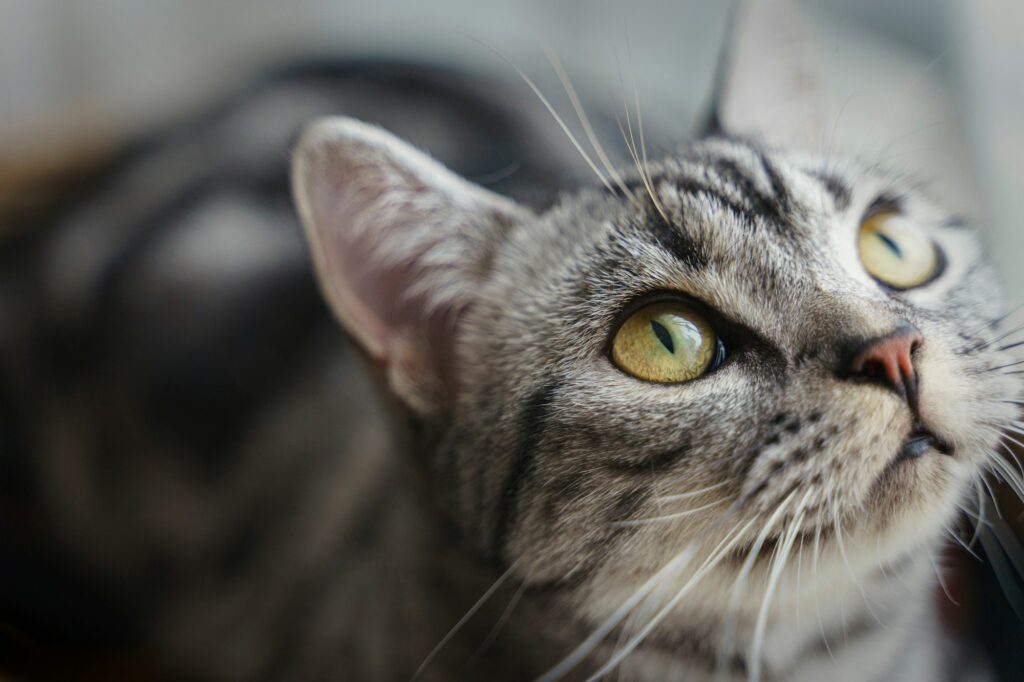
If you’re in the market for high-quality palatants, visit ProfyPet, a trusted manufacturer of pet food palatants. Our products are specifically designed to enhance the taste of cat food, ensuring that your products stand out in a competitive market.
4. Ensuring Safety and Quality Control
Food safety is paramount in the pet food industry. Adhering to regulatory guidelines from organizations such as the Association of American Feed Control Officials (AAFCO) or the European Pet Food Industry Federation (FEDIAF) ensures that your products meet nutritional and safety standards.
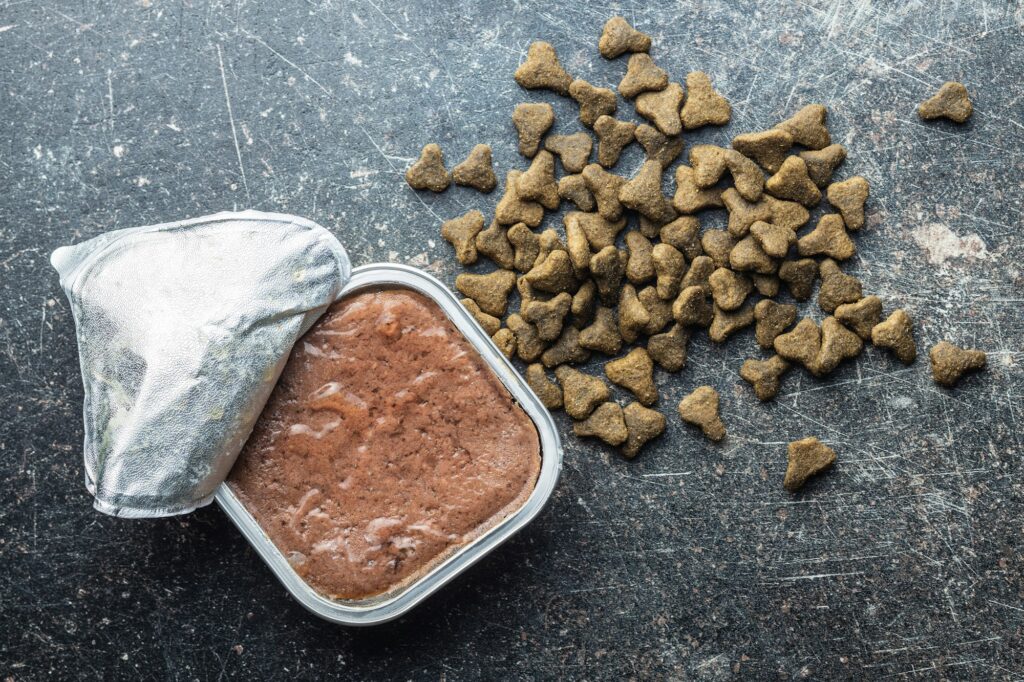
Key safety measures include:
- Raw material quality checks: Ensuring the ingredients are fresh and free from contaminants.
- Heat treatment: Proper cooking processes eliminate harmful bacteria like salmonella or E. coli.
- Moisture control: This is especially important for dry cat food to prevent mold growth and extend shelf life.
5. Packaging and Distribution
Once the cat food is produced, it must be packaged in a way that preserves its freshness and flavor. Wet food is commonly packaged in cans or pouches, while dry food is packed in airtight bags. Using eco-friendly packaging materials can also appeal to environmentally conscious buyers, making it a selling point for wholesalers.

Finally, ensure that your distribution process is streamlined to get your products to retailers or directly to consumers as quickly as possible. Offering white-label or private-label options can also be a smart business strategy, allowing retailers to rebrand the product under their own name.
The Role of Pet Food Palatants in Cat Food Production
Pet food palatants are the secret sauce that can make or break your product’s success. Cats are notoriously picky eaters, and a food that lacks appealing flavors or aromas will quickly be rejected. Pet food palatants not only enhance the flavor but also improve the overall eating experience for cats, encouraging them to eat more.
Studies have shown that palatants can increase the acceptability of cat food by over 40%, making them an essential ingredient in any high-quality cat food product. At ProfyPet, we specialize in creating palatability enhancers that meet the highest industry standards. Our products are designed to work with a variety of cat food formulations, from grain-free options to wet and dry foods.
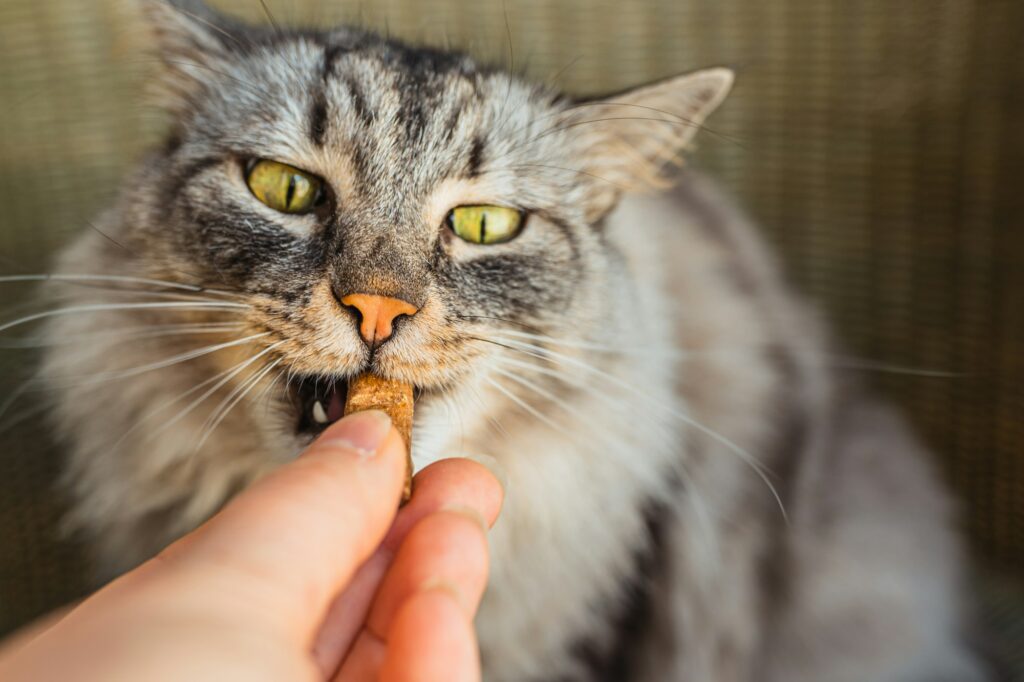
Real-Time Trends in the Cat Food Industry
The global cat food market is expected to grow at a compound annual growth rate (CAGR) of 6.7% between 2023 and 2028, driven by increasing pet ownership and a shift toward premium, health-focused cat food products. According to data from Statista, the market was valued at over $30 billion in 2022, with North America and Europe leading the way in consumption.
One of the key trends driving this growth is the demand for natural and organic cat foods. Consumers are increasingly seeking out products that contain high-quality ingredients, free from artificial preservatives, colors, or flavors. This trend underscores the importance of using natural pet food palatants to maintain the flavor appeal of your products without compromising on quality.
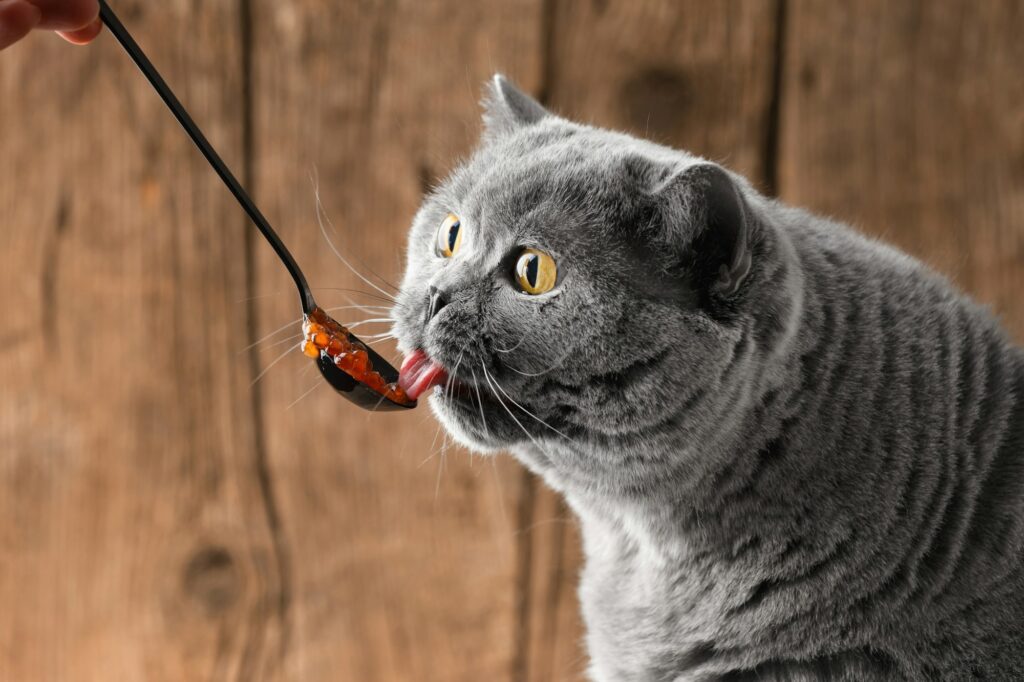
Additionally, grain-free diets for cats continue to gain popularity, although this trend has sparked some debate within the industry. While some cat owners prefer grain-free diets, experts argue that not all cats benefit from eliminating grains, especially if the food lacks other necessary nutrients.
Conclusion
Making cat food is a detailed process that requires a deep understanding of feline nutrition, high-quality ingredients, and the strategic use of pet food palatants to enhance flavor. Whether you’re a pet food manufacturer or a wholesaler looking to enter the market, staying informed on the latest industry trends and innovations will help you create products that meet consumer demand and keep cats coming back for more.
For more information on pet food palatants and how they can improve your cat food formulations, visit ProfyPet, your trusted partner in enhancing the palatability of pet food.

